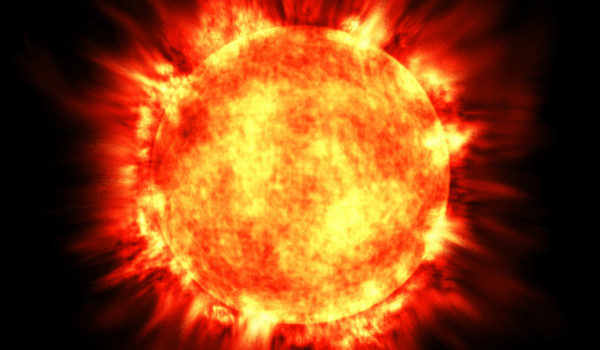
Why nuclear fusion could be the answer
· If we manage to recreate the fusion reaction, it can produce limitless free electricity.
· Fusion plants would produce zero emissions, and zero radioactive waste.
What is nuclear fusion?
Nuclear fusion is the process of fusing together two or more atoms of a light element to make one atom of a heavier element. On the sun, hydrogen atoms fuse together to produce helium and a by-product of this reaction is heat – and a lot of it.
The Sun’s fusion energy supplies the earth with all the heat and light it needs to support life, yet we only receive 1 one hundred-millionth of 1 percent of the energy that the sun radiates.
Currently as discussed in the nuclear energy portion of the website, utility companies use nuclear fission to create electricity, which is the exact opposite of nuclear fusion – tearing atoms apart to release energy, however the reverse creates many more times the energy.
The science behind nuclear fusion
When two light elements (with low atomic numbers) are fused together, such as tritium and deuterium (2 isotopes of Hydrogen), they form a very unstable molecule (with 2 protons and 3 neutrons). This molecule immediately splits apart to form the much more stable atom – Helium (with 2 protons and 1 neutron); the neutron is released altogether.
The energy released is the result of the extremely unstable fusion molecule (high potential energy) going to a state of much higher stability (far less potential energy), so the difference is released as kinetic energy.
Nuclear fusion research and the future
Why aren’t utilities currently producing fusion plants then? Well for the fusion reaction to take place you need 3 things, a small amount of matter which is by far the easiest to come by; however, in addition you need extreme heat and an incredibly strong magnetic force.
The temperature required is at least 100million oC, which is achievable – high energy lasers can heat the hydrogen up to 510million oC. The issue is that the lasers required to provide that sort of heat require a serious amount of energy.
As you heat the hydrogen to that sort of temperature, the atoms get very excitable and the particles start flying off in random directions at the speed of light, so you lose the hydrogen fuel, therefore an incredibly strong magnetic force is needed to keep the particles in the reaction chamber. Again these have been built however they need incredible amounts of energy to maintain the magnetic fields.
Currently the energy required to power the lasers and generate the magnetic fields outweighs the energy beaten from the reaction.
CERN is the European Organisation for Nuclear Research, and they have created giant reactors and research is ongoing. It is was in the 1970s that this energy source first started to be researched but it has only moved along very slowly since then.












No Comments yet! Be the first one.